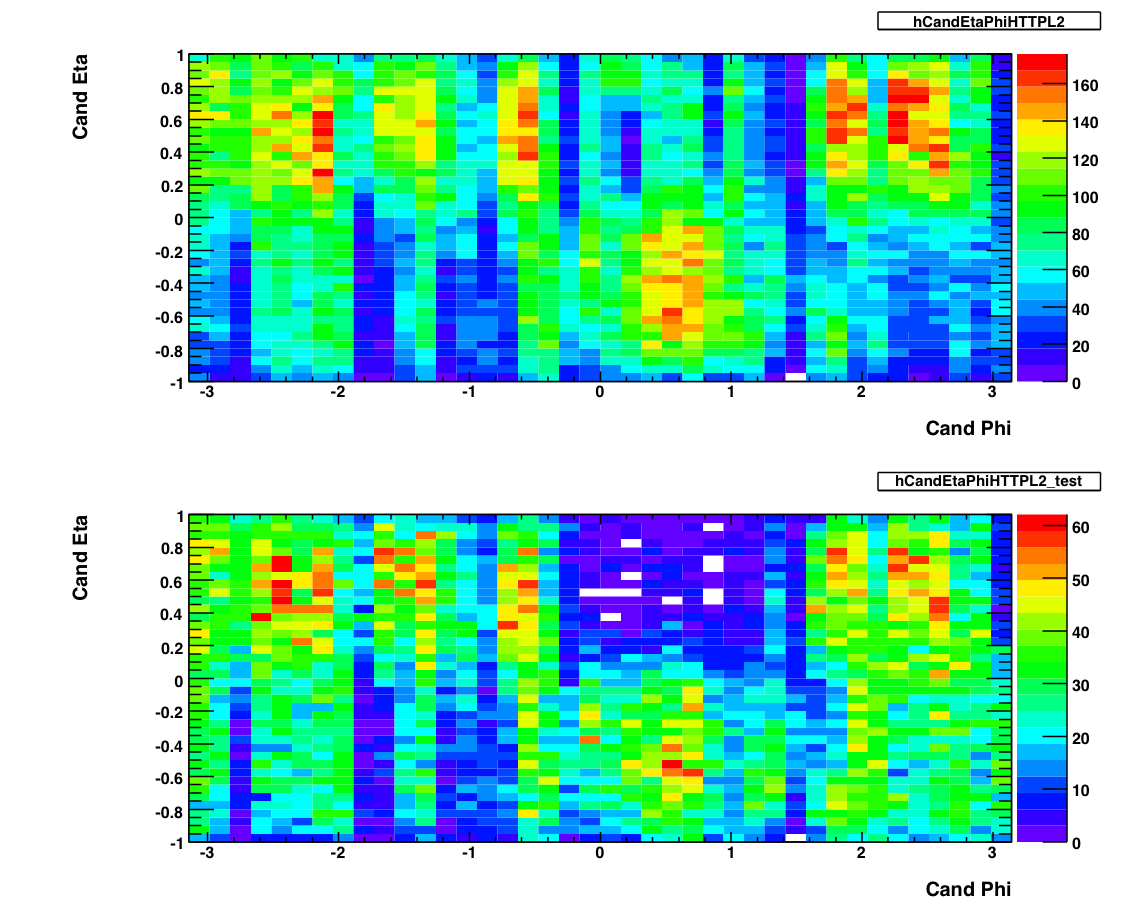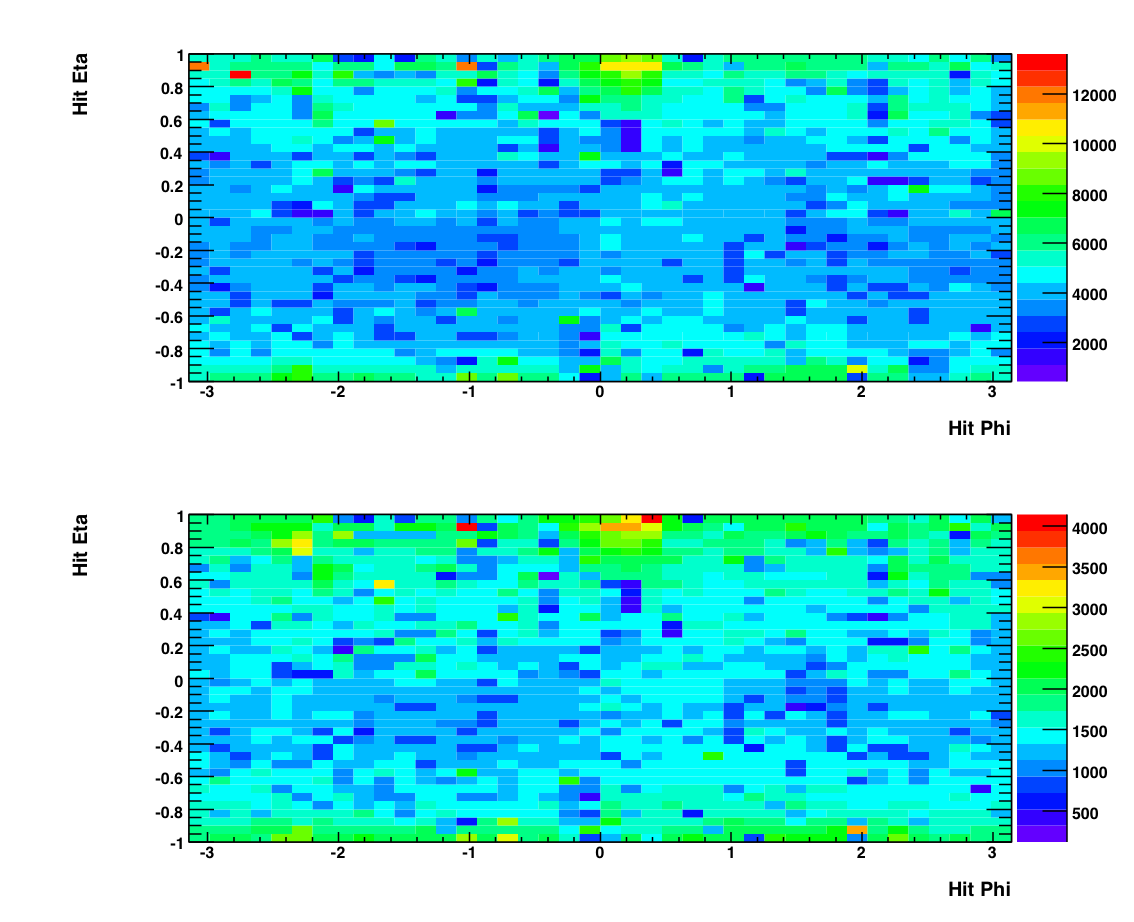- Hard Probes
- Heavy Flavor
- Jet-like correlations
- Other Groups
- Peripheral Collisions
- Spin
- Spin PWG
- Spin/Cold-QCD Older Physics Analysis
- 2006 EEMC Neutral Pion Cross Section and A_LL
- 2006 Gamma + Jet
- 2009 Lambda D_LL @ 200 GeV
- 2009 dijet x-sect/A_LL @ 200 GeV
- 2011 FMS Jet-like correlations @ 500 GeV
- 2011 FMS inclusive pions @ 500 GeV
- 2012 EEMC Neutral Pion A_LL
- 2012 Jet A_LL @ 500 GeV
- 2012 Lambda D_TT @200GeV
- 2012 Pi0 - Jet A_LL @ 500
- 2012 Pions in Jets A_UT @ 200 GeV
- 2012 dijet A_LL @ 500
- 2012/13 FMS A_LL @ 500 GeV
- 2013 Di-jet A_LL @ 500 GeV
- A New Users Guide to PDSF Success
- Analyses from the early years
- (A) List of Physics Analysis Projects (obsolete)
- Common Analysis Trees
- EEMC Direct Photon Studies (Pibero Djawotho, 2006-2008)
- G/h Discrimination Algorithm (Willie)
- Neutral Pions 2005: Frank Simon
- Neutral strange particle transverse asymmetries (tpb)
- Photon-jet with the Endcap (Ilya Selyuzhenkov)
- Relative Luminosity Analysis
- Run 6 Dijet Cross Section (Tai Sakuma)
- Run 6 Dijet Double Longitudinal Spin Asymmetry (Tai Sakuma)
- Run 6 Inclusive Jet Cross Section (Tai Sakuma)
- Run 6 Neutral Pions
- 2006 Neutral Pion Paper Page
- 2006 Neutral Pion Update (9/27/07)
- A_LL
- BEMC Related Studies
- Cross Section Analysis
- DIS 2008 proceedings
- DNP 2007 Inclusive Hadron Talk
- Pions in Jets study
- Run QA
- SPIN 2008 Talk for Neutral Pions
- Spin PWG Meeting (2/22/07)
- Spin PWG meeting (2/12/09)
- Towards a Preliminary A_LL
- Tower By Tower Pion Peaks
- Run 6 Relative Luminosity (Tai Sakuma)
- Run 8 trigger planning (Jim Sowinski)
- Run 9
- Beam Polarizations
- Charged Pions
- Fully Reconstructed Ws
- Jet Trees
- W 2009 analysis , pp 500 GeV
- W 2011 AL
- Useful Links
- Working Group Members
Eta v. Phi
Updated on Tue, 2007-05-15 14:50. Originally created by staruser on 2007-01-23 15:31.
Under: 
The above plots show 2-d histograms of eta and phi for pion candidates. The plot on the top shows the candidates from the production L2-G trigger. The plot on the bottom shows the eta and phi distribution for candidates from the L2-G 'test' trigger. As of May 2007, I am not using these to exclude any runs. I used Frank's pion trees to make these plots, imposing the following cuts on any pion candidate:

The above plot shows histograms of the eta and phi positions of individual photons (hits). Again the top plot shows photons from events from the production L2-G trigger while the bottom shows photons from the 'test' L2-G trigger. Note the lack of structure in these plots compared to the candidate plots. This is due to the SMD, which is used in making the top plots (i.e. a candidate needs to have good SMD information) and unused in the bottom plots (a hit does not reference the SMD.) The status tables for different fill periods can be found at the bottom of this page. You can see that there are some gaps in the smd which could be responsible for the structure in the Candidate plot.

The above plots show 2-d histograms of eta and phi for pion candidates. The plot on the top shows the candidates from the production L2-G trigger. The plot on the bottom shows the eta and phi distribution for candidates from the L2-G 'test' trigger. As of May 2007, I am not using these to exclude any runs. I used Frank's pion trees to make these plots, imposing the following cuts on any pion candidate:
- Energy > 0.1 GeV
- PT > 5.0 GeV
- Asymmetry < .8
- Mass between .08 and .25 GeV
- No charged track association.
- BBC Timebin = 7,8 or 9.

The above plot shows histograms of the eta and phi positions of individual photons (hits). Again the top plot shows photons from events from the production L2-G trigger while the bottom shows photons from the 'test' L2-G trigger. Note the lack of structure in these plots compared to the candidate plots. This is due to the SMD, which is used in making the top plots (i.e. a candidate needs to have good SMD information) and unused in the bottom plots (a hit does not reference the SMD.) The status tables for different fill periods can be found at the bottom of this page. You can see that there are some gaps in the smd which could be responsible for the structure in the Candidate plot.
»
- Printer-friendly version
- Login or register to post comments
